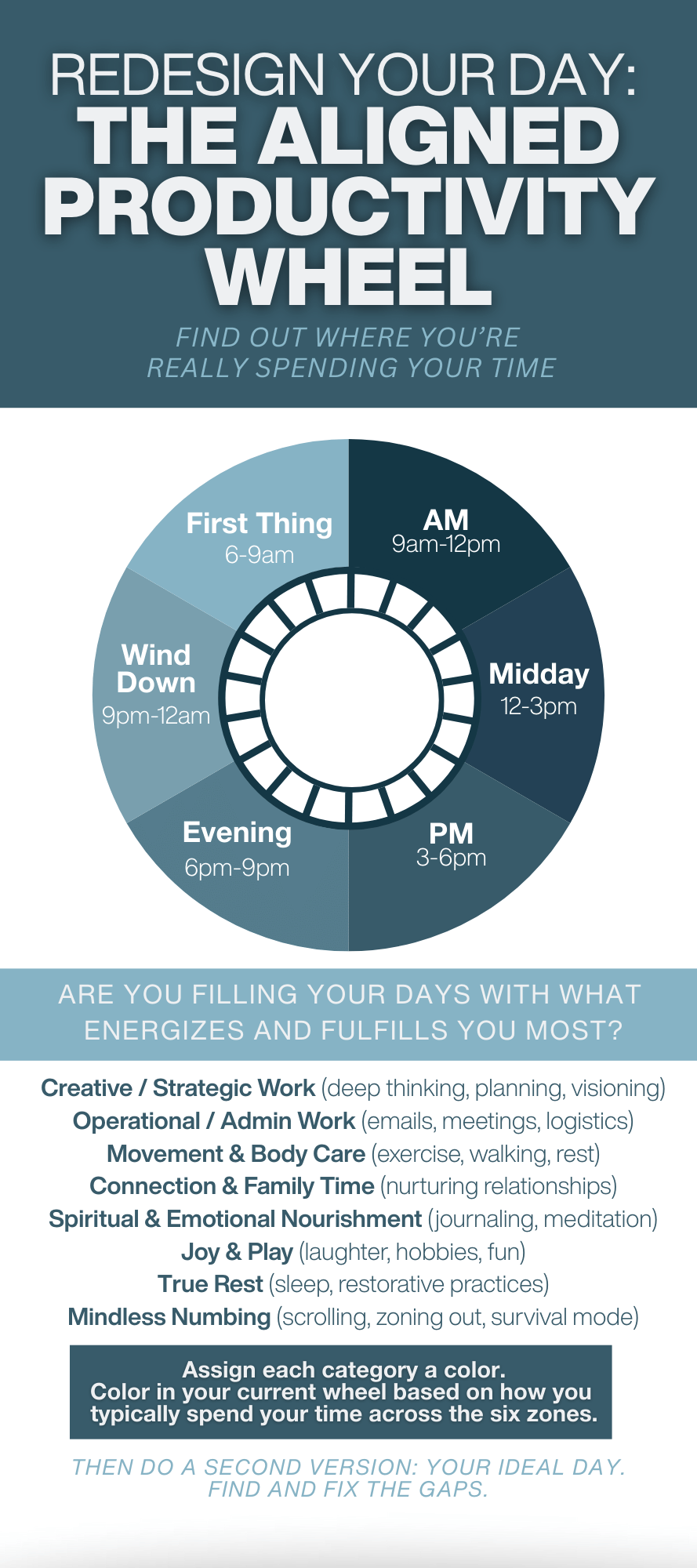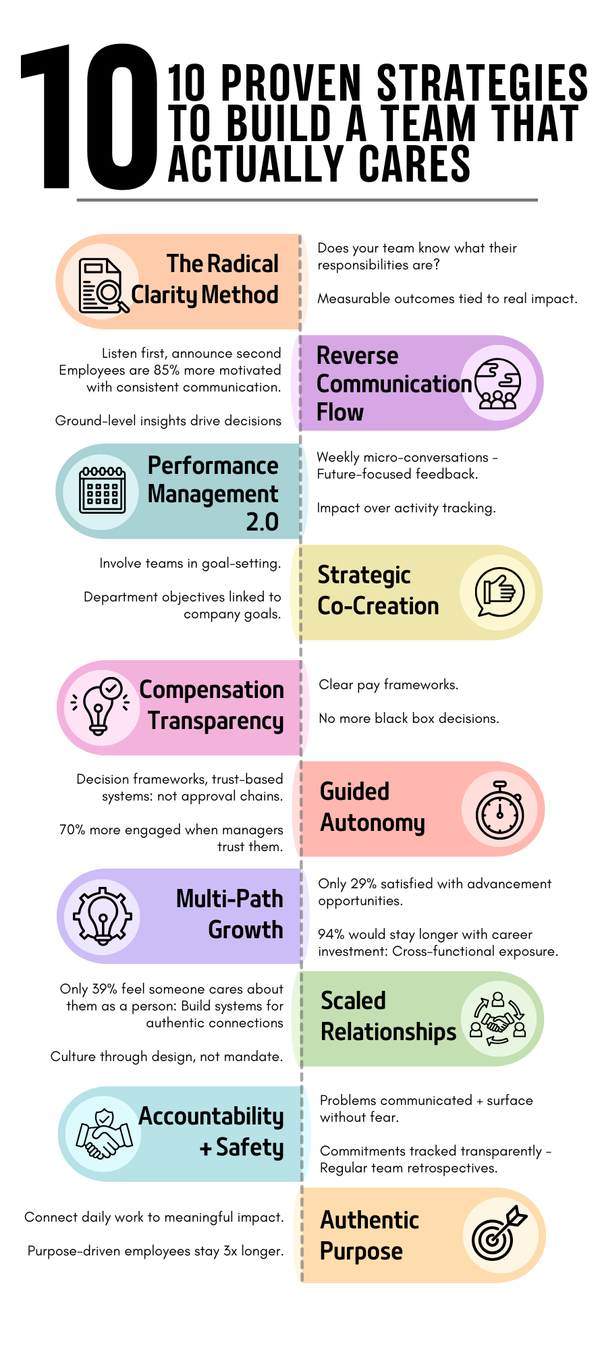
We currently live in a time when managers and employees don't have walls dividing them. Instead, managers work in plain view of open-concept offices among their employees to create a sense of transparency in the workplace. However, recent research found that this transparency might actually be getting in the way of worker productivity.
Harvard Business School Assistant Professor Ethan S. Bernstein found that watching employees less closely will actually lead to more transparency in the company, which will then result in higher levels of productivity. He calls this the Transparency Paradox, which he describes in a paper that won the 2013 Best Published Paper Award from the Academy of Management's Organization.
He conducted research over two summers at a factory. He found that employees had their own ticks for completing tasks more efficiently, but when the managers were watching they would revert back to the ways they were taught. The more the managers were watching, the less productive they were. Employees hid these tricks from managers so they didn't have to "bear the cost of explaining better ways of doing things to others."
"Everyone is happy: Management sees what they want to see, and we meet our production quantity and quality targets," one worker said. Another explained that it wouldn't do any good to explain more efficient ways of doing things. "Because there is so much variation, we need to fix first, explain later."
“We assume that when we can see something, we understand it better,” Bernstein says. “In this particular environment, and perhaps many others, what managers were seeing wasn’t real. It was a show being put on for an audience. When the audience was gone, the real show went on, and that show was more productive.”
When managers aren't watching workers, it gives them an opportunity to intensely focus on work while creating new ideas and ways to complete work, without having to explain themselves to management first. It provides a sense of freedom to get things done the way the employees want to, further increasing their motivation and creativity.
And that, essentially, is the Transparency Paradox. Too much transparency in the workplace can lead to an increase in secretive behavior, which thus decreases actual transparency, giving only the illusion to managers.
This, however, does not mean that open workspaces designed for collaboration should start putting up a few walls. It simply means that managers should place less importance on observing employees.
“I would never suggest that what works in one setting is necessarily going to work the same way in another,” Bernstein said. “The message actually that’s more important to me, which should be more important to managers, too, is that this race to full observability of everything can have unintended consequences.”










Member discussion